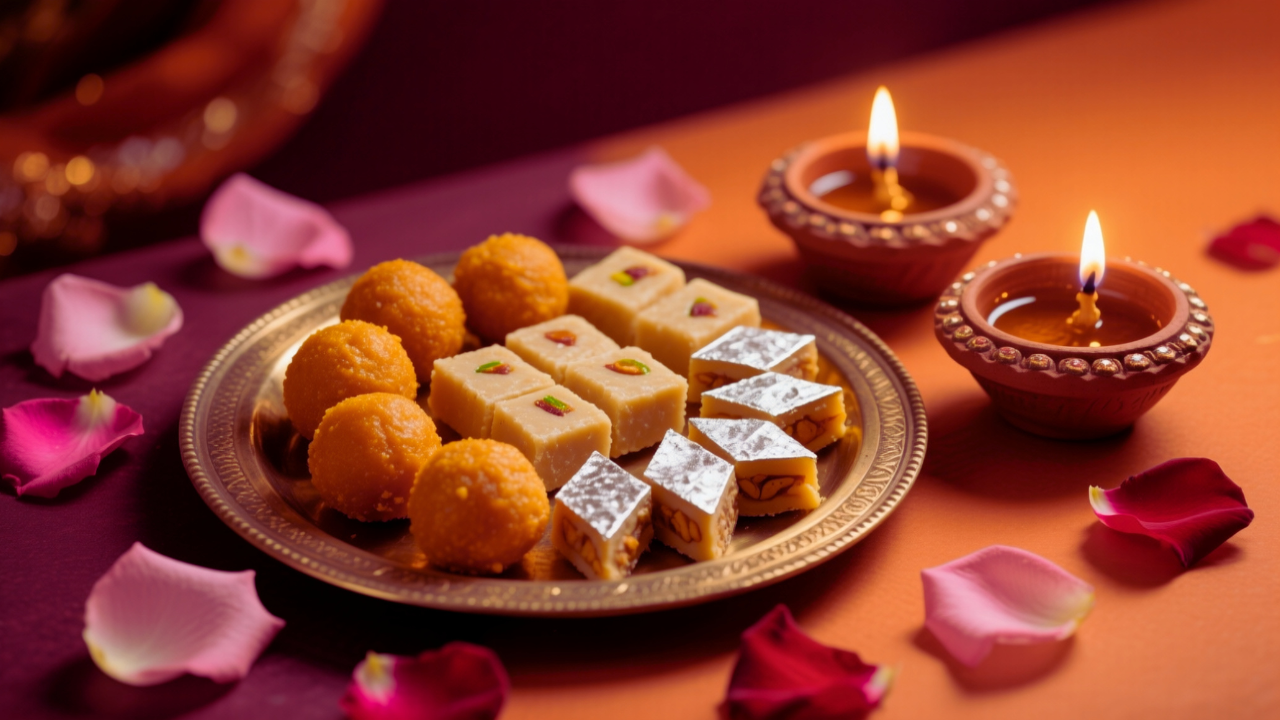
There is a certain romance in the Indian imagination when it comes to hill stations – a decadent kind of feverish nostalgia entwined with the entrails of colonial melancholy. The very word ‘hill station’ evokes images of moss-darkened bungalows with sloping roofs, of tea served in porcelain cups that clink politely, of walks that lead to nowhere, and of redolent postcard prettiness.
Every Indian family has, at some point, for lack of a better word, “done” a hill station. Mussoorie, Shimla, Darjeeling, Ooty, Nainital – names that sound like verses from a wistful sonnet your grandparents once recited. And what truly unites these hill stations is not geography, but the illusion they offer: that elevation can, in some miraculous way, elevate our spirits as well. This is the same kind of gentle delusion that youth and unrequited love kindle within us.
The hill station, as the British conceived it, was an escape hatch from India itself. The Indian hill station was a (mostly) successful attempt to build little Englands at cooler altitudes – complete with churches, bandstands, and whatnot. The irony, of course, is that the colonisers left long ago, but their vacation haunts stayed behind – minus the pith safari helmet, plus the Instagram-induced selfie stick.
Take, for instance, Mussoorie, that eponymous “Queen of the Hills”, which once lured sahibs and memsahibs away from the dusty plains of the Hindi belt. Perched above Dehradun like a sulky prima donna, it remains a town that can be equal parts enchanting and frustrating. The Mall Road, that aging artery, beats with echoes of the tourist rush and the anodyne sameness of ordinary cafe food. There, among the bakeries and bookstores, one can still sense the ghost of Ruskin Bond ambling down, umbrella in hand, narrating to himself the quiet dramas of Rusty. Clouds descend without warning, wrapping you in a damp intimacy that feels almost conspiratorial. And in the quieter corners, by the Landour churchyard or at dusk near Lal Tibba, there are moments of stillness so absolute that they feel almost too intrusive to disturb.
Shimla, by contrast, has no interest in patience. She is a creature of ceremony, always dressed for the occasion like a grand old dowager. Once the summer capital of the British Raj, Shimla has retained a bureaucratic neatness even as the rest of the country has moved on. The Ridge still stages its annual chaos – tourists taking photographs against a backdrop of the Christ Church and children holding balloons that will not survive the next gust. One is tempted to laugh at the predictability of it all, until one realises how comforting predictability can be.
But it is not all fun and frolic. Beneath the gentle veneer, there are bruises aplenty. The hill stations were designed for escape, not endurance. Their geography resists expansion, yet expansion insists. Hillsides crumble under new hotels and old forests retreat before the ambitions of real estate. And still, the visitors keep coming, seeking an escape from the urban matchboxes they live in. One cannot help but wince. The British, for all their imperial arrogance, at least had the decency to be quietly bored. Today’s traveller insists on being loudly entertained. Progress, I suppose, has a sardonic sense of humour. But the paradox is that the economy is so fragile that it would collapse without tourism. The locals endure this with a mixture of pragmatism and resignation. A driver once told me, “Sir, without tourists we cannot live; with them, the character of our homes has changed irrevocably”. It was the perfect summary of the hill station dilemma: desire and exhaustion intertwined.
I have often thought of the hill station as India’s collective Bildungsroman. College students on their first trip without parental supervision discovering badly made Maggi noodles cooked on a makeshift stove. Middle-aged couples rediscovering conversation, mostly about how steep the walk is. Retired officers sipping rum by the fire and narrating war stories that sound increasingly like apocryphal parables. And through it all, the mountains stand around, indulgent and unamused, like ancient teachers watching over an unruly class.
On an overcast evening in Ooty, when the mist curls around the trees like an afterthought, or in Shimla when the church bells ring faintly through the fog, one feels time loosen its grip. These are small permissions to be still and to be unproductive – both luxuries in today’s modern world.
Disclaimer
Views expressed above are the author’s own.
END OF ARTICLE






